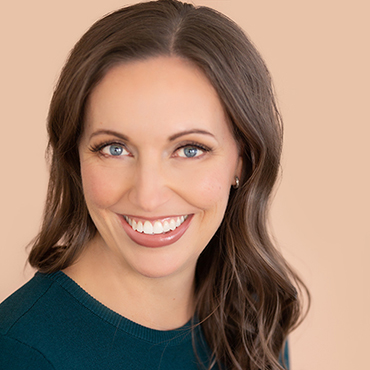Summer is a special time of year where we often have the opportunity to spend extended time with friends and family. It can be a wonderful time of creating lasting memories, or it can be a challenging time of adjusting to increased interaction with others who can be difficult to be around. Others’ opinions and personalities can easily get under our skin. When with a family member whom we don’t see often, old wounds might inadvertently be triggered, or we might slip back into old unhealthy familial roles. To avoid these sorts of outcomes, it is important for us to set healthy boundaries. Setting boundaries is hard but necessary for healthy relationships; we should not avoid doing it because of fear of hurting the other individual or concern about how the other person will respond. Boundaries can be defined as guidelines, rules or limits that a person creates to identify for themselves reasonable, safe, and permissible ways for other people to behave around them, and how they will respond when someone steps outside those limits.
Individuals and families in therapy often inquire, “What is a healthy boundary? How can I set and maintain that boundary without souring our time together? Isn’t it sometimes better to just ignore the issue rather than making a fuss or increasing friction?” Unfortunately, the road of avoiding an issue often leads to resentment, hurt feelings, and fractured relationships. It is important to remember that boundaries are often not about challenging another person to change their behaviors or opinions, but rather developing a safe and healthy space for mutually respectful enjoyment of each other. In fact, often it’s the most healthy individuals and relationships that have in place well understood and respected boundaries.
Dr. Henry Cloud states, “A boundary shows me where I end and someone else begins.” By having healthy boundaries, our relationships will be mutually respectful, supportive, and caring. When we have healthy boundaries, we are preserving our self-esteem by not allowing other people to define who we are and what our experience will be.
In order to have healthy boundaries, one needs to be aware of their core values, as well as have a positive and healthy self-concept. It is important to value those aspects of ourselves which are worthwhile and to have confidence in ourselves to determine what is and is not ok in regard to relationships. We need to be able to recognize and understand what our feelings are and what our triggers are, paying particular attention to when we feel angry, unvalued, disrespected, unsafe, or hurt. These feelings communicate to us that something is not as it should be, or as we would like it to be. Recognizing this allows us to intentionally and thoughtfully consider what we can do to effect change in ourselves, to improve our sense of safety and life enjoyment. It is important to focus on what power we have to change our experience rather than on how “wrong, mean, or hurtful” the other person is.
Dr. John Amodeo, PhD, MFT states, “The path of creating healthy boundaries means entering into a collaborative process with people. By mindfully maintaining flexible boundaries, we can create new, nurturing connections and deepen existing ones.” If it is possible to have a safe and respectful conversation with the other individual, it is usually worthwhile to communicate our desires with the other person, with the intent to further enrich and deepen the relationship. Other times a boundary might actually be removing oneself from the other person or not sharing oneself emotionally with the other person, not opening ourselves up to further hurt. If one feels the individual does desire an improved relationship, it is important to communicate gently and thoughtfully. We want to share our desires rather than make demands; we want to invite the other individual to consider change without being condemning or judgmental, making clear it is a request in pursuit of a deeper relationship.
After an appropriate boundary has been set, there are a few things to keep in mind. First, setting and establishing healthy boundaries takes time, so be patient with yourself and the other individual(s) involved in the process. Second, no matter how big or small our boundaries might be, each one is important and deserves respect. Thirdly, it is important to follow through with the appropriate action. We need to do what we say we are going to do. Lastly, we are only responsible for our own behavior and feelings, we cannot change the other individual or how they respond. We must be able to see and accept responsibility for our part in the situation.
I’ve included some popular quotes about boundaries that might resonate with you:
“We can say what we need to say. We can gently, but assertively, speak our mind. We do not need to be judgmental, tactless, blaming or cruel when we speak our truths.” Melody Beattie
“When we fail to set boundaries and hold people accountable, we feel used and mistreated.” Brene Brown
“Much of the time, the things we feel guilty about are not our issues. Another person behaves inappropriately or in some way violates our boundaries. We challenge the behavior, and the person gets angry and defensive. Then we feel guilty.” Melody Beattie
“No is a complete sentence.” Anne Lamont
For additional resources:
Boundaries: When to Say Yes, How to Say No to Take Control of Your Life by Dr. Henry Cloud and Dr. John Townsend
Boundaries Where You End and I Begin: How to Recognize and Set Healthy Boundaries by Anne Katherine
Boundaries for Your Soul by Alison Cook and Kimberly Miller
Online resource: Boundariesbooks.com





